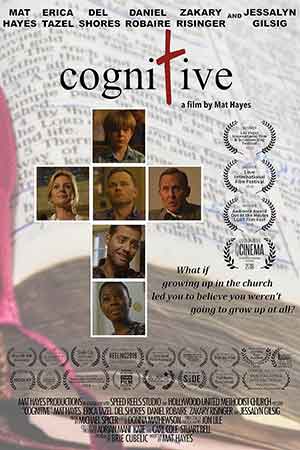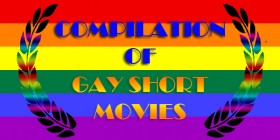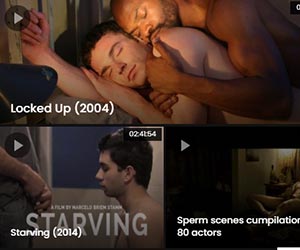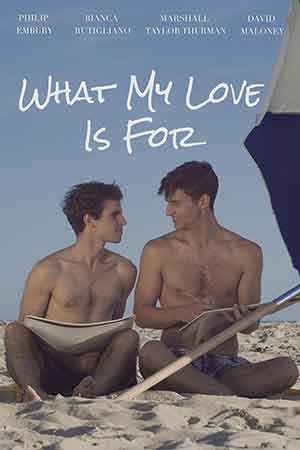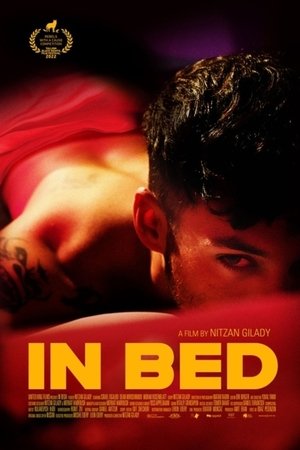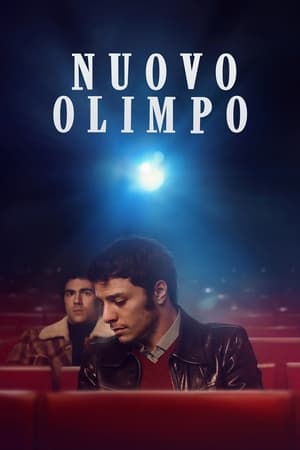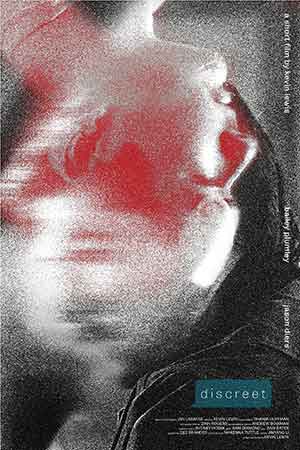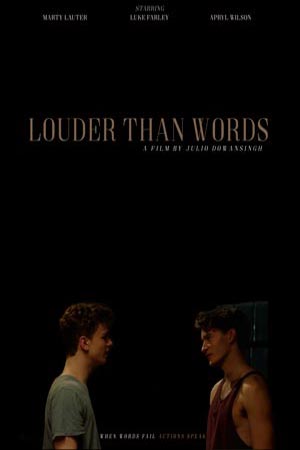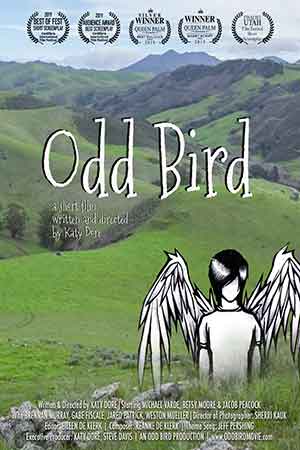What My Love Is For (2016): Indie Queer Romance With a Hangover
A poor, anxious writer inherits his great-grandmother’s house in East Hampton and tries to save it the only way that makes sense in a movie: with moonshine, bad decisions, and a crush who may (or may not) be worth the hangover.
The Setup (a.k.a. “So, you sell the moonshine, save the house… then what?”)
Philip (Philip Embury) is a small-town gay writer with big neuroses and a mother who could monetize disapproval. When Great Granny dies, her Hamptons house lands in Philip’s lap—along with back taxes and moral IOUs. His brother Doug is a lovable chaos engine; Katie is the friend who weaponizes honesty; and Hunter is the painter/muse/complication who speaks fluent gallery-speak and red flags.
The plan? Brew hooch, throw parties, and charm the 1% long enough to dodge foreclosure. The problem? Class, desire, and identity don’t balance like a household budget; they spill.
Class, Cash, and the Hamptons Hangover
The film treats the Hamptons less like geography and more like a mood: glossy, transactional, and faintly ridiculous. Our crew arrives with mason jars and wounded pride, then reverse-engineers “belonging” from business cards and borrowed blazers. It’s funny—until it isn’t. The joke keeps landing: you can fake it at the door, but you can’t fake what you want once you’re inside.
Boys, Bottles, Boundaries
Philip is painfully earnest; Hunter is painfully practical. Their chemistry sparks in small, awkward gestures—missed kisses on the beach, almost-confessions at parties—before colliding with the oldest indie-film question: is this love or networking with benefits? At one point, Philip blurts the line that gives the movie its ache:
“I don’t even know what my love is for.”
It’s melodrama trimmed down to a salt line on a cocktail glass—direct, a little raw, and exactly right.
Performing vs. Becoming in What My Love Is For
One of the film’s better running bits is how everyone performs a role to survive: the old-money hostess, the new-money whale, the broke artist who’s learned to smile while saying “exposure.” Philip insists he’s a writer (“You either are or you aren’t,” someone snaps) and the movie quietly asks whether claiming an identity is the first draft or the finished book. The answer lands somewhere between a rave and a rejection email.
Direction & Performances
The tone is a cocktail: coming-of-age sweetness, queer romance nerves, and a screwball caper about paying bills with contraband. Embury plays Philip with fidgety compassion—never cool, always real. Marshall Taylor Thurman (Hunter) has the cool, then lets you see the cost. Bianca Rutigliano (Katie) steals scenes with deadpan triage; William L. Thomas brings chaotic warmth as Doug. The micro-budget shows at times, but the film’s heart and humor keep the frame upright.
What Actually Lingers
Not the parties, not the yacht (okay, maybe a little), but the quiet thesis: class and queerness collide in confusing ways, and self-respect is a steeper mortgage than any house. Philip wants a place where he can be alone and himself; the film keeps nudging: pick one. That push—gentle, stubborn, sometimes petty—feels honest.
Verdict
What My Love Is For is scrappy, sincere, and intermittently sharp—like a mason jar that survived one too many parties. It may not seduce every viewer, but if you’ve ever tried to bootstrap dignity with charm (and maybe a questionable business model), you’ll recognize the bruises.
Favorite Lines
- “You either are or you aren’t.” — Hunter
- “I don’t even know what my love is for.” — Philip


